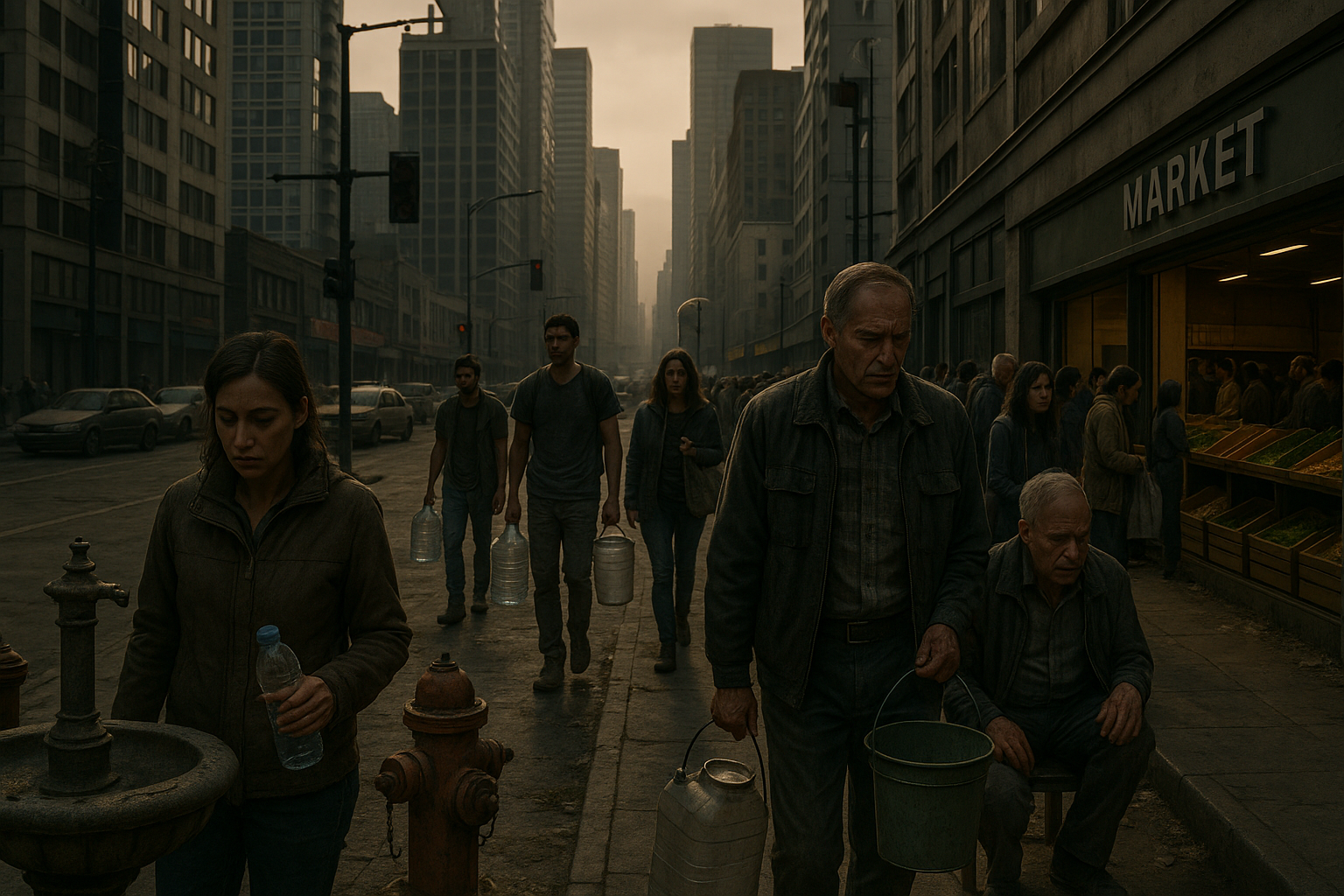In the ever-evolving world of design, where innovation meets creativity, it’s easy to be swept away by the allure of cutting-edge ideas and futuristic visions. However, as we race towards the future, we must tread carefully to avoid the pitfalls that can turn our ambitious dreams into design disasters. Whether you’re a seasoned designer or a project manager overseeing the next big thing, understanding how to sidestep these potential catastrophes is crucial. 🌟
Design disasters are not just about a product failing to perform; they encompass a broader spectrum, including usability issues, aesthetic misfires, and even ethical dilemmas. These missteps can lead to wasted resources, financial losses, and damaged reputations. So, how can you ensure that your next project doesn’t become a cautionary tale? By learning from past mistakes and applying strategic foresight, you can navigate the complex landscape of modern design.
In this article, we’ll delve into the intricate world of design disasters, exploring the various factors that can lead to these unwanted outcomes. We’ll begin by examining some infamous examples from the past, dissecting what went wrong and why. From there, we’ll explore the underlying principles that can help you avoid similar fates, focusing on areas such as user-centric design, sustainable practices, and ethical considerations.
One of the first lessons in avoiding design disasters is understanding the importance of user-centric design. 🚀 It’s easy to get caught up in creating something visually stunning or technologically advanced, but if it doesn’t meet the needs of the end user, it’s doomed to fail. We’ll explore how to incorporate user feedback throughout the design process, ensuring that your project not only looks good but functions seamlessly for those it’s intended to serve.
Next, we’ll address the role of sustainability in modern design. As environmental concerns continue to grow, it’s imperative that designers consider the ecological impact of their creations. This section will provide insights into sustainable design practices, helping you create projects that are not only innovative but also environmentally responsible.
Ethical considerations are another crucial aspect of avoiding design disasters. With technology advancing at a rapid pace, designers have a responsibility to consider the ethical implications of their work. We’ll discuss the importance of transparency, inclusivity, and fairness, offering guidelines on how to uphold these values in your projects.
Moreover, we’ll highlight the significance of interdisciplinary collaboration in the design process. No project exists in a vacuum, and successful outcomes often result from the combined efforts of diverse teams. By fostering a collaborative environment, you can harness the unique perspectives and skills of various disciplines, leading to more holistic and successful design solutions.
Finally, we’ll provide actionable strategies for implementing these insights into your next project. From setting clear objectives and timelines to conducting thorough testing and evaluation, you’ll learn how to create a robust framework that minimizes the risk of design disasters.
In conclusion, the path to successful design is fraught with potential pitfalls, but with the right approach, you can turn these challenges into opportunities for growth and innovation. By prioritizing user needs, embracing sustainability, upholding ethical standards, and fostering collaboration, you can create designs that not only captivate the imagination but also stand the test of time. Let’s embark on this journey together, transforming potential disasters into triumphs. 🌈

Conclusion
As we draw our discussion on “Design Disasters: Avoiding Futurist Catastrophes in Your Next Project” to a close, it is vital to reflect on the key insights we have explored. Throughout this article, we’ve navigated the intriguing world of design, pinpointing common pitfalls and the strategies necessary to circumvent them. We began by understanding the essence of thoughtful design and the critical role it plays in our rapidly evolving digital age. From there, we delved into various examples of design failures, dissecting the reasons behind these mishaps to extract invaluable lessons for future projects. 🚀
One of the core takeaways is the importance of understanding user needs and context. Design is not just about aesthetics or futuristic ideas; it is fundamentally about functionality and solving real-world problems. Ignoring the user’s perspective can lead to innovations that look great on paper but fail miserably in practice. This theme resonated through our analysis of projects that prioritized flashy technology over practical application.
Another significant point we discussed is the balance between innovation and practicality. While pushing boundaries is essential, it is equally crucial to ground ideas in feasibility and user accessibility. The lure of creating something groundbreaking can sometimes blind designers to the realities of usability, leading to products that are either too complex or too ahead of their time.
The role of collaboration and feedback cannot be overstated. Engaging with a diverse team and actively seeking user feedback throughout the design process are strategies that can preempt many potential disasters. This inclusive approach not only enhances creativity but also helps in identifying blind spots that might be overlooked in a less collaborative environment.
Moreover, the integration of ethical considerations into design processes is becoming increasingly important. As designers, the responsibility extends beyond just creating appealing products to ensuring that these products do not inadvertently harm or exclude any group of users. Ethics in design is a topic that is gaining traction and rightly so, as the implications of neglect in this area can be severe.
In reinforcing the importance of these themes, it is clear that a thoughtful approach to design not only prevents catastrophes but also paves the way for innovations that truly enhance human experiences. By avoiding the traps of past design failures, we can create projects that are not only successful but also sustainable and responsible.
We encourage you to share your thoughts on this subject. What are your experiences with design disasters, and how have you managed to overcome them? Let’s keep this conversation going—your insights could be the spark that helps someone else avoid a potential design mishap. 💡
Feel free to share this article with your network if you found it insightful. The more we discuss and learn from each other, the better equipped we will be to design a future that is as functional as it is innovative. Together, let’s ensure that the next wave of projects not only impresses but also serves its intended purpose with grace and efficiency. 🌟
For further reading and resources on effective design strategies, check out Smashing Magazine and Designboom. These platforms offer a wealth of information and case studies that can enhance your understanding and approach to design.
This conclusion encapsulates the essence of the article while encouraging interaction and further exploration. Adjust the content and links according to your specific needs and ensure all referenced links are current and active.




